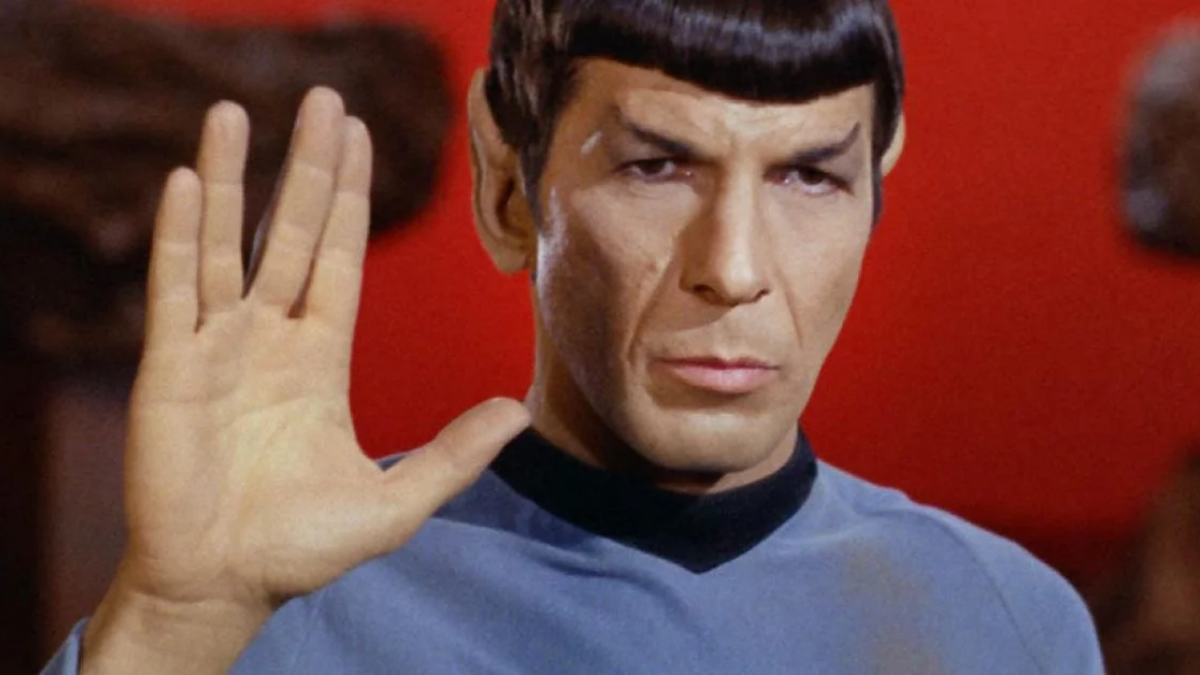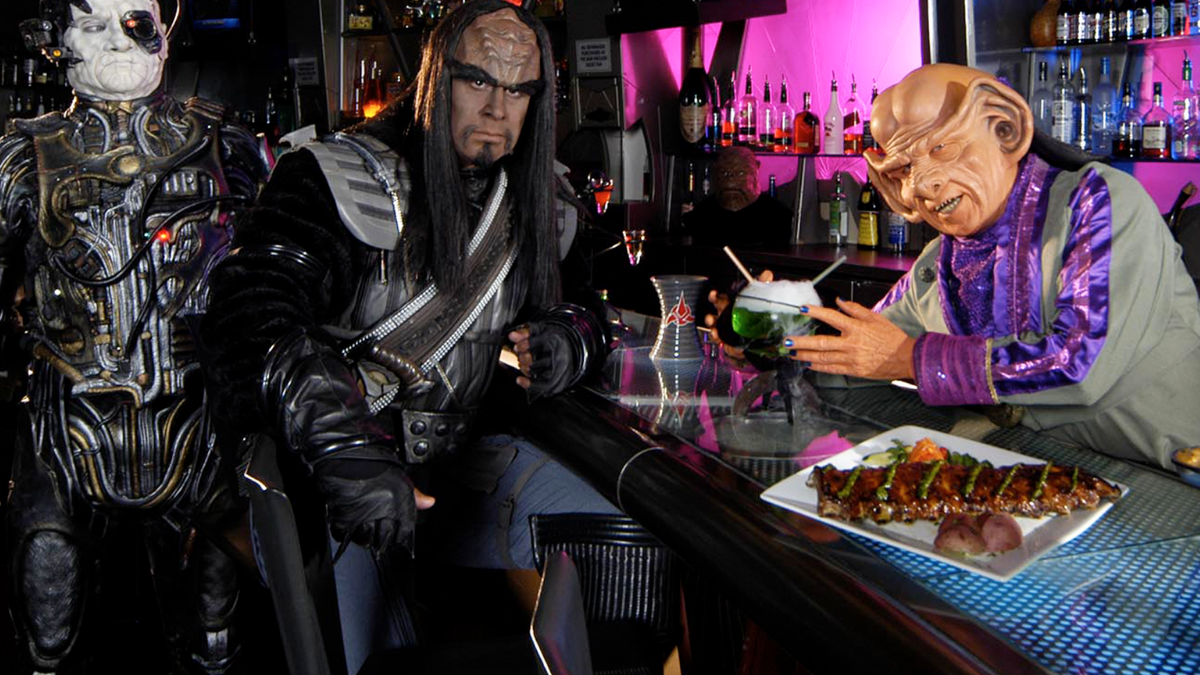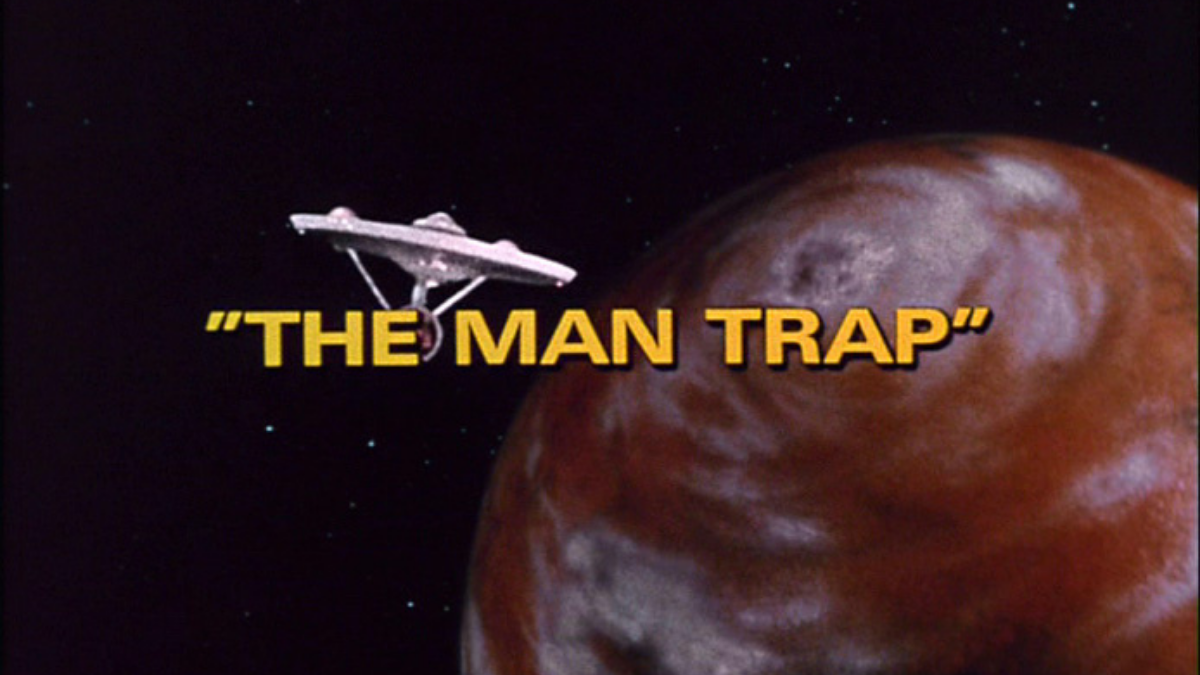Today in Star Trek history: Star Trek III: The Search For Spock is released

STAR TREK III: THE SEARCH FOR SPOCK included the destruction of the USS Enterprise and Leonard Nimoy's directorial debut
JUNE 1, 2022 - Star Trek fans were heartbroken in 1982, when beloved character Captain Spock died in the last reel of Star Trek II: The Wrath of Khan. It was the first time in Trek history that a major character had been killed off without the instant gratification of a miraculous return to life (i.e. Kirk in “Amok Time” and Scotty in “The Changeling”). Spock’s resurrection was far from certain, although the last-minute addition of a mind meld with McCoy and the film’s ending, a view of his final(?) resting place and Leonard Nimoy’s voice intoning the famous “Space…the final frontier” speech, certainly hinted that the Vulcan might not be quite dead yet. If there were still lingering doubts about Spock’s return, they were dispelled when fans lined up to see Star Trek III: The Search For Spock when it premiered on June 1, 1984.
Nicholas Meyer had been asked to direct the film, but declined, saying he had never experienced a resurrection and therefore would be unable to direct one. Hence, the search began for someone to fill the director’s chair. Leonard Nimoy thought he’d like a chance to direct, so he approached Michael Eisner, then-head of Paramount Studios. Eisner’s initial enthusiasm gave way to trepidation and when contacted again, he told Nimoy there was no way he could have him direct a Star Trek film. Rumors were spreading that when he agreed to appear in Star Trek II, Nimoy had insisted that Spock’s death be written into his contract. To make matters worse, in 1975 the actor had published an autobiography with the unfortunate title, I Am Not Spock. How could Eisner hire somebody who hated Star Trek to direct one of its films?
Nimoy pointed out that Eisner could pull the infamous contract and verify for himself that the rumors were untrue. No such wording had been used. Furthermore, his intention in choosing that particular title for the book was not to disparage the character or the franchise that had made him famous, but merely to clarify the differences between the character and himself. With the misconceptions cleared up, Nimoy was given the green light to direct.
The film is notable for a number of things, First of all, the main villain of the piece, Klingon Captain Kruge, was played by Christopher Lloyd. The role was something of a departure for the actor. He had just ended his run on the sitcom Taxi, having spent a year on Barney Miller before that. He’d done some film work as well, including, most recently, Mel Brooks’ To Be Or Not To Be and Mr. Mom, a comedy starring Michael Keaton. His most famous film role at the time, however, was probably the belligerent Max Taber in One Flew Over the Cuckoo’s Nest, starring Jack Nicholson and Louisen Fletcher, who would go on to be a regular baddie on Star Trek: Deep Space Nine as Bajoran spiritual leader Kai Winn. The casting was inspired, and Lloyd makes a memorable, perhaps slightly unstable, Klingon.
Another “first” was the destruction of the USS Enterprise, a moment that was just as shocking to fans as Spock’s death had been two years earlier. It’s an iconic moment that paved the way for other Enterprise explosions, such as in Star Trek: Generations and Star Trek: Beyond, but it almost didn’t happen. In early drafts of the script, the Enterprise remained intact, until writers Harve Bennett and Leonard Nimoy realized the story needed a dramatic life-and-death sequence. The self-destruct command, spoken by Kirk, Scotty, and Chekov, was a direct reuse of the dialogue in the Original Series episode “Let That Be Your Last Battlefield,” adding a welcome piece of continuity to the franchise.
Writing for the film began soon after Star Trek II’s theatrical release and went through a number of iterations before it began filming on August 15, 1983. In fact, the film’s original premiere date had been slated for the Christmas season of that year, but because of major rewrites brought on by a script leak, filming was delayed and a later release was necessary. Filming was nearly stopped cold by a fire on the Paramount lot, but thanks to William Shatner’s heroics, the set was preserved.
The film received mostly, though not universally, positive reviews. In his diary for June 23, 1984 Ronald Reagan commented, “After dinner we ran Star Trek III. It wasn’t too good.” (One notes, however, that this didn’t stop him from screening Star Trek IV when it was released.)
Two book releases were timed to coincide with the theatrical release of STAR TREK III: THE SEARCH FOR SPOCK
Releasing on the same day as the film were two tie-in books. The first was a novelization of the film by established Star Trek novelist Vonda N. McIntyre. McIntyre imagined scenes for the novel that were never in the shooting script, among them a wake for Spock, the recovery of bodies from Regula I, where Khan had gone on a killing spree in the previous film, and Sulu losing the chance to command the USS Excelsior in favor of Captain Styles.
The second of the two books was called, Star Trek III: The Search For Spock: Short Stories and made good on that title’s promise. Intended for the Young Adult market, it contained five short stories written by fan artist William Rotsler. The book jacket reads:
Travel with your favorite Star Trek III characters into five new and original short stories. Join the Enterprise crew as they take their crippled starship into orbit around Azphari, where they meet the strange and dangerously curious people of that planet in "The Azphari Enigma." Go with Lieutenant Commander Uhura to her home in the United States of Africa where she finds her past and present colliding in a life-and-death struggle in "The Jungles of Memory." And on the drab and frozen planet of Osler, meet 7-year-old Pandora, sole survivor of an experiment gone wrong, a child with powers and the willingness to use them to protect her privacy and the secret she must hide in "As Old As Forever." These stories and more will thrill and enthrall all Star Trek fans!
The book was a follow-up to Rotsler’s previous volume, Star Trek II: Short Stories. The books are currently out-of-print, but can be found for purchase online. So read the stories, watch the movie, or blow up your very own starship today in recognition of the 38th anniversary of the release of Star Trek III: The Search For Spock!
Further Reading
Memory Alpha: Star Trek III: The Search For Spock
T is the Managing Editor for Daily Star Trek News and a contributing writer for Sherlock Holmes Magazine and a Shakespeare nerd. He may have been the last professional Stage Manager to work with Leonard Nimoy, has worked Off-Broadway and regionally, and is the union Stage Manager for Legacy Theatre, where he is currently working with Julie Andrews. after which he’ll be working on Richard III at Elm Shakespeare Company.






